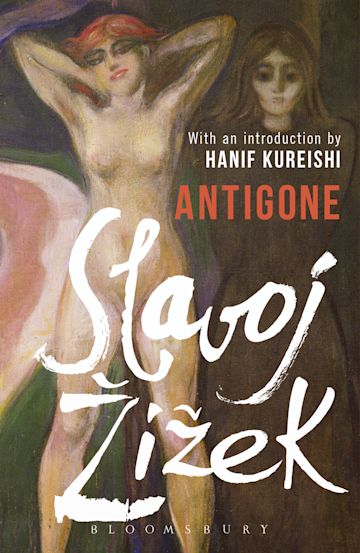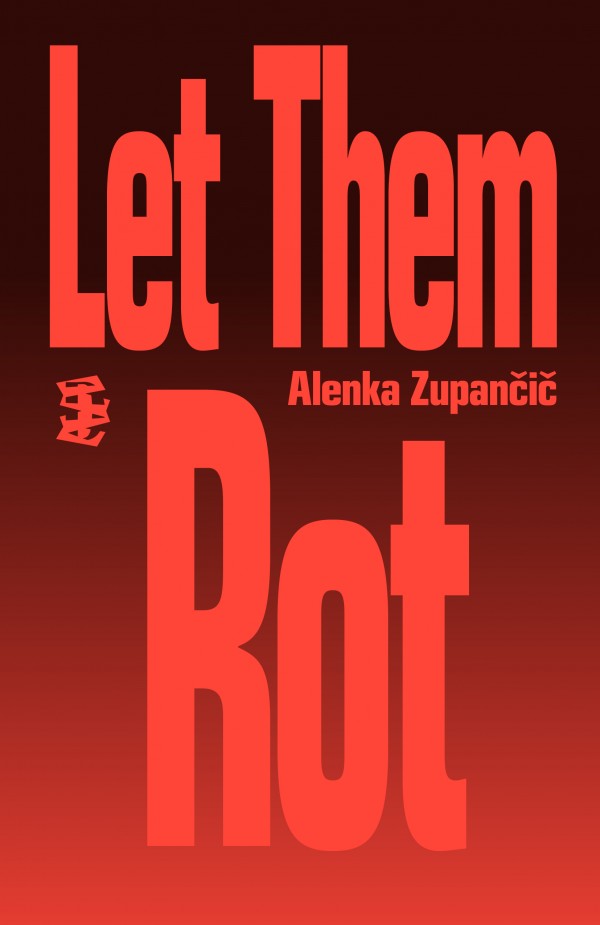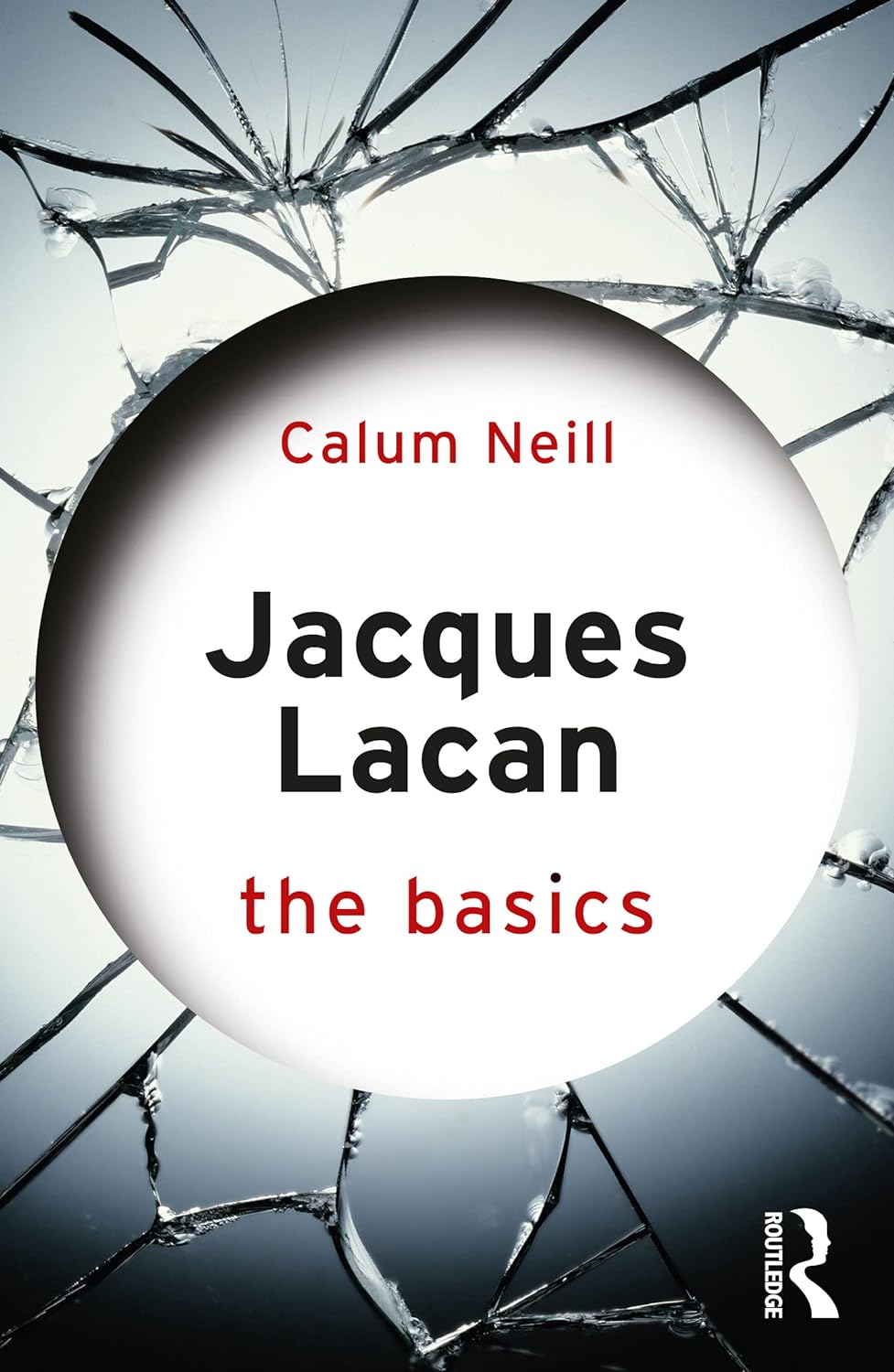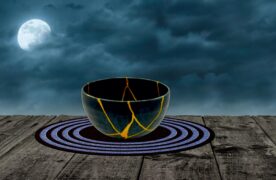“Antigone”, an ancient Greek drama, tells the story of a dictatorial ruler, Creon, and a woman, Antigone, who challenges his injunction that her deceased brother, Polyneices, cannot be buried.
 Sean Sheehan
Sean Sheehan
Antigone and Polyneices are the children of Oedipus and, because she tries to bury her brother, her defiance is punished by being condemned to be imprisoned in a cave and left to die.
Antigone martyrs herself but her status as heroine is problematic. She challenges the absolute of State power with sublime courage and passion but she is as intransigent in her demand as Creon is in refusing it; law and its transgression feed each other.
The drama is readily politicised, from Brecht setting it in the Berlin of April 1945 to a reading of it by Nelson Mandela and fellow prisoners on Robben Island; biopoliticised, it has often been staged as a feminist declaration of opposition to patriarchy.
Alenka Zupančič digs deep into the play’s concern with death, burial and incest and she hones in on Antigone’s astonishing declaration that were it the corpses of her husband or her children that Creon was forbidding due burial rites, she “would let them rot”.
 She can always find another husband and have more children, she argues, but with her parents dead she can never have another brother.
She can always find another husband and have more children, she argues, but with her parents dead she can never have another brother.
The problem is that she does have another brother because as a child of Oedipus, who accidently married his own mother, her father is also her brother.
She is trying, says Zupančič, either ‘to patch up a hole in the structure of kinship’ or deal with a particular hole that has become unbearable due to Creon’s edict.
It is not that Polyneices is being denied a human right but that incest has made him and his sister unhuman.
Źiźek concurs: it is her unconditional insistence that makes Antigone monstrous – the play’s chorus more or less tell her this as she leaves to her death in the cave – and Alenka Zupančič is acknowledged as one source of ideas for, as an ‘ethico-political exercise’, his rewriting of “Antigone”. Both of them deploy terms whose weight derives from the work of Jacques Lacan. Words like desire, death drive, hysteria, undead have everyday usages that fail to do justice to the way the two Slovenian philosophers employ them to get to the psychoanalytic heart of the story first put on the stage in 441 BCE.
 In this regard, Calum Neil’s “Jacques Lacan: the basics” is an indispensible guide to the sometimes wilfully complex thinker whose ideas have fed into cultural and political analyses and the humanities at large.
In this regard, Calum Neil’s “Jacques Lacan: the basics” is an indispensible guide to the sometimes wilfully complex thinker whose ideas have fed into cultural and political analyses and the humanities at large.
In around 100 pages, Calum adroitly unpacks Lacan’s key concepts without diluting them to soundbites or trivia and his examples from real life are lucid and precise.
“Let them rot” by Alenka Zupančič is published by Divided Publishing; “Jacques Lacan: the basics” by Calum Neill is published by Routledge; “Antigone” by Slavoj Źiźek is published by Bloomsbury.












.jpg)












